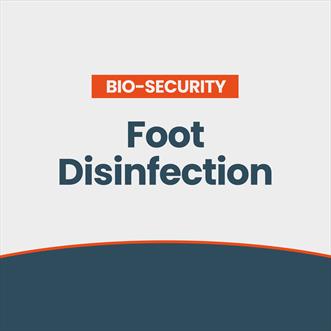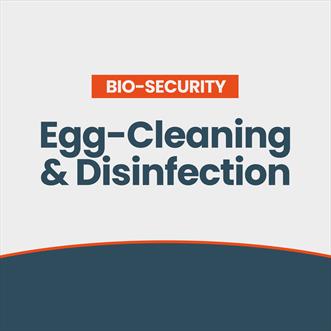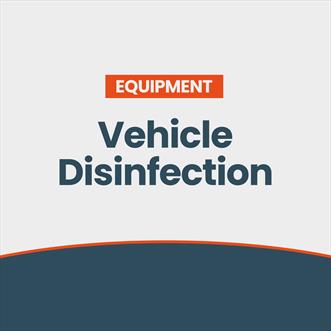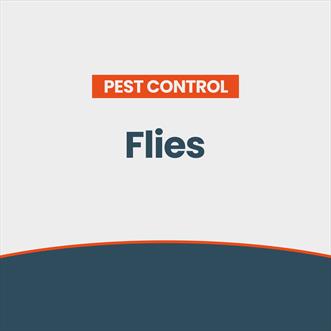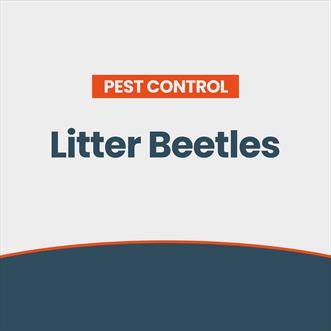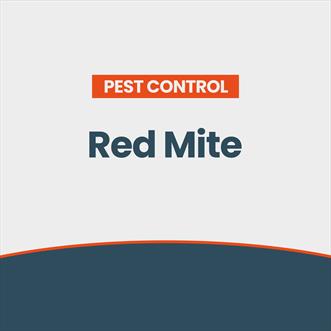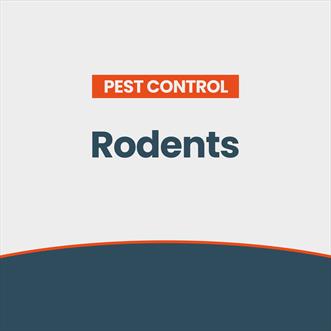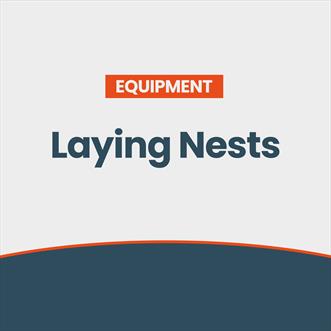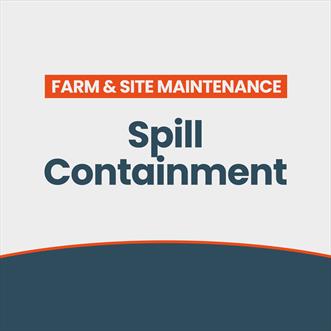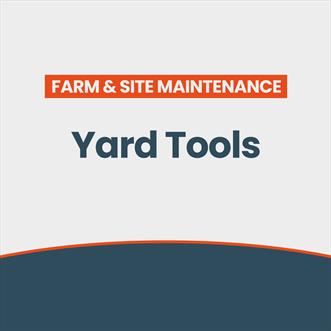Why are rodents a problem?
Infestations of rodents on a farm are obviously a problem but exactly how much of a pest are they and how do they affect the bottom line of a farm?
- Rodents can carry infections such as fowl cholera and avian flu that can be spread to poultry.
- Rodents can also carry zoonotic infections, such as Leptospira and Hantavirus, which pose a risk to the health of farm staff and other people visiting the farm.
- Research in the UK has confirmed that rodents play a major part in the maintenance of Salmonella infection on poultry farms, and in the spread of infection between poultry houses. Rodents are easily infected by Salmonella and can carry and shed high numbers of organisms into the environment, particularly in droppings. Infected rodents can rapidly re-contaminate units that have been disinfected at turnaround.
- Rodents cause damage to farm buildings and poultry houses, including damage to insulation and electrical installations, which may lead respectively to uncontrolled temperatures in broiler sheds and the risk of fire.
- Large rodent populations can eat a substantial amount of poultry feed and make an even larger amount unpalatable through urine and droppings.
- The presence of rodents also compromises the quality standards required by farm assurance schemes.
The two key rodents of concern to poultry farmer are the Brown Rat (Rattus norvegicus) and the House Mouse (Mus musculus).
Can I treat rats and mice in the same way?
As rats and mice vary considerably in their general behaviour and feeding patterns, a variety of deterrent and rodenticide baiting techniques are needed to target both rats and mice.
Feeding patterns of mice
As mice like to visit several different food sources, a number of bait points are required, and these should be moved regularly within territories to maintain their interest to mice. Bait should be kept fresh, free from dust and dampness and placed where the rodents are nesting and travelling – not just in set baiting points. This will often involve creating covered access points in walls, roof spaces, mini-pits, etc. in which to place bait and tamper resistant bait boxes. Access points to poultry houses, such as the entrances of manure and egg conveyors, doors, drains and low-level vents, should also be baited.
Feeding patterns of rats
Rats exhibit behaviour known as ‘new object reaction’ or neophobia, which makes them suspicious of anything new introduced into their territories. They are therefore slow to explore bait boxes and trays, and to start feeding on rodenticide baits, especially when already established within poultry houses. Allow at least two to three weeks for rats to get used to feeding in bait boxes placed in their environment, before deciding on whether the method being used is working. Monitor bait consumption and rat activity regularly to assess this.
What bait should I use?
Anticoagulant rodenticides
The most effective way to control an infestation is by using a suitable poison. Most of the products currently available for use against rodents are anticoagulant based. Anticoagulants work by preventing the assimilation of vitamin K1, one of 12 ‘blood clotting factors’ within vertebrates. Once a lethal dose of poison has been eaten by the rodent, there is a three to four day lag period while the existing vitamin K1 in the body is used up, after which the blood will no longer be able to clot, resulting in haemorrhaging and death. The advantage of this delay is that rodents never associate the bait with the symptoms of poisoning that they experience, so they continue to feed on the bait without realising it is killing them.
What’s the difference between muti-feed and single feed bait?
Multi-feed bait means that multiple feeds will be required before death – these normally contain difenacoum or bromadiolone. The advantage of multi-feed bait is that the risk to non-target animals is lower. However, using multi-feed bait does increase the chance of resistance build-up within the rodent. Single-feed bait is normally made with brodifacoum or difethialone and this, as the name implies, only requires one feed to cause death. These baits are usually the most effective but pose the greatest risk to non-target animals.
Types of bait
There is no such thing as a universal rodenticide that will work in every circumstance. Certain active ingredients and formulations will work better in different situations. The best bait is the one that the rodents will eat in preference to any other food source nearby. There is no harm in buying and trying two different formulations to see which one is the most readily accepted. At Interhatch, we stock a range of high quality, palatable formulations, with differing benefits to each type.
Edible baits - loose cereal baits, pellets, wax blocks and pasta bait
- Generally better accepted by rodents
- Less susceptible to mould growth, meaning they remain palatable for longer even in damp conditions
- Less risk of contamination
- Most blocks have a hole in the middle making them easy to secure
Edible gels, wax baits and pastes
- Useful for sensitive environments, such as where food is handled or stored
- Form is maintained over time which results in prolonged palatability, provided they are kept free from dust and moisture contamination
Contact foam
- Perfect for locations such as cavity walls where traditional rat baits cannot reach
- Able to be placed in areas where the rodent would partake in its natural grooming habits, making it highly effective.
The final word
Naturally, control measures such as rodent proofing, site tidiness and hygiene, and denial of rodent access to food and water, will help to prevent rodent infestations becoming established in the first place. Regular inspections should be a matter of habit in order to identify early signs of rodent activity. It is always easier and less costly to remove a small, developing rodent infestation than an established substantial one. If you would like more information or are experiencing a particularly stubborn problem, please contact our specialist team who will be happy to advise.










